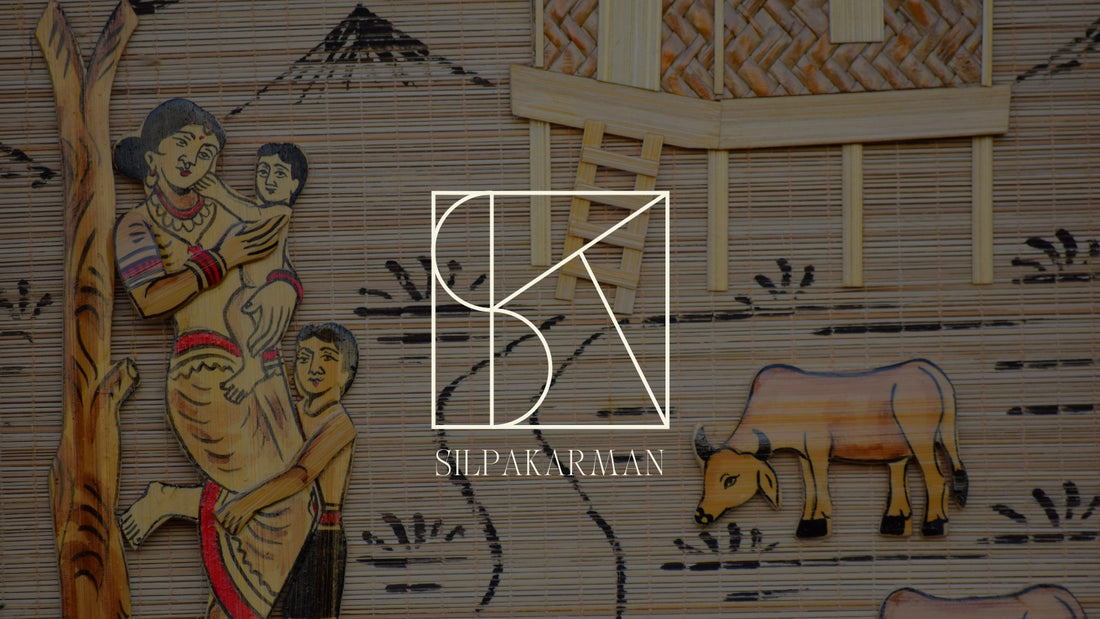When it comes to choosing the perfect material for your interior and exterior spaces, bamboo products reign supreme. Known for their versatility, strength, durability, and beauty, bamboo-based products are becoming increasingly popular among designers, architects, and DIY enthusiasts alike. Let's delve deeper into the reasons why bamboo is the best choice for a wide range of applications.
What sets Bamboo Apart:
Bamboo is the world's fastest-growing plant, capable of reaching maturity within 3-5 years, unlike hardwood trees that require decades to mature. Its rapid growth and regenerative abilities make it an eco-friendly and sustainable building material. Furthermore, bamboo offers numerous benefits compared to conventional materials like wood, plastic, and metal.
Bamboo vs. Wood:
While bamboo shares some visual similarities with wood, it is actually a member of the grass family. Both materials have comparable hardness levels, with bamboo being slightly harder than oak and similarly durable. However, bamboo's lower density gives it a significant edge in weight, making it a preferred choice for ceiling panels, wall coverings, and roofing. Additionally, bamboo products tend to be more budget-friendly than solid wood alternatives.
Bamboo vs. Plastic:
In comparison to plastic, bamboo boasts greater tensile strength, making it highly resistant to breaking or cracking under pressure. Although plastic might initially appear cheaper, bamboo proves to be a more economical solution in the long run due to its durability and minimal maintenance requirements. Moreover, bamboo is biodegradable, whereas plastic poses serious threats to the environment and wildlife due to its slow degradation process.
Bamboo vs. Metal:
Despite having a lower tensile strength than steel, bamboo still ranks among the strongest natural materials available. Unlike metal, bamboo does not conduct heat, reducing energy consumption related to heating and cooling expenses. Plus, bamboo exhibits excellent sound absorption qualities, rendering it an optimal choice for interior spaces where noise reduction is desired.

Advantages of Using Bamboo:
- Lightweight and Strong:
Bamboo's low density and high tensile strength make it an incredibly versatile and practical building material. Its ability to withstand extreme loads and stress ensures that it performs exceptionally well under challenging conditions.
- Easy Installation:
Installing bamboo products is relatively straightforward, thanks to their user-friendly designs and modest dimensions. They can easily be trimmed, drilled, and shaped to fit specific requirements, saving installers precious time and effort.
- Wide Range of Options:
From flooring and furniture to decking and fencing, bamboo products cater to a vast array of tastes and preferences. Their diverse color palette, ranging from warm honey hues to cool chocolate tones, adds depth and character to any space.
- Affordability:
Compared to wooden alternatives, bamboo products are remarkably budget-friendly. Not only do they save money during initial purchases, but their reduced maintenance costs and extended lifespans translate to considerable savings over time.
- Environmental Benefits:
Opting for bamboo means supporting responsible forest management and promoting ecological conservation. Due to its quick regrowth rate, bamboo absorbs four times more CO2 and releases 35% more oxygen than equivalent stands of trees, contributing significantly to global warming mitigation.
For those seeking a durable, visually appealing, and eco-conscious alternative to traditional building materials, bamboo is undoubtedly the answer. Its combination of affordability, functionality, and elegance guarantees that it continues gaining popularity amongst consumers worldwide. Make the switch to bamboo products today and enjoy their myriad benefits in your interior and exterior spaces.


